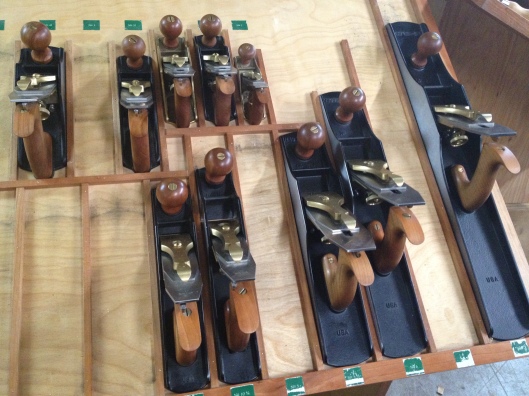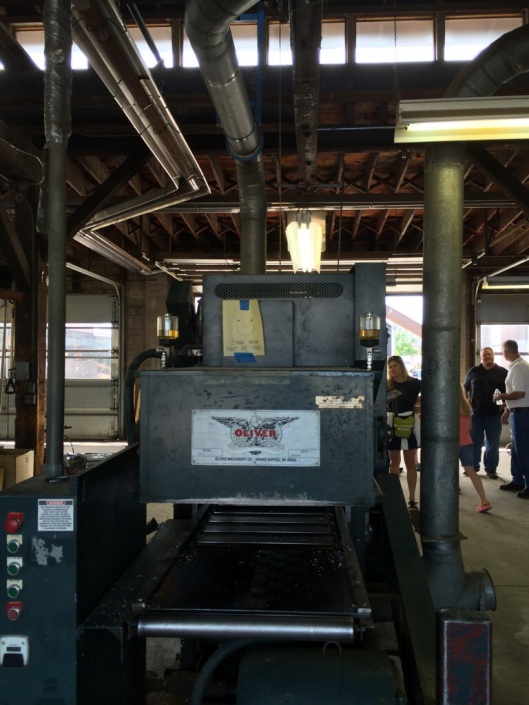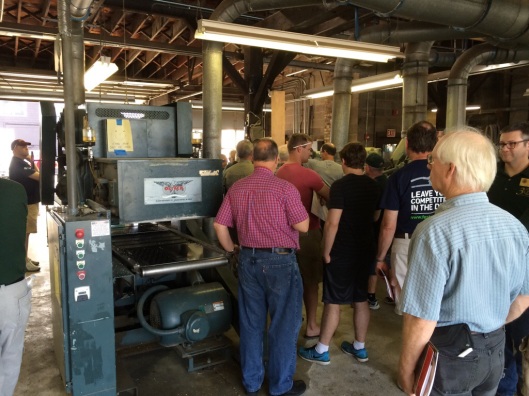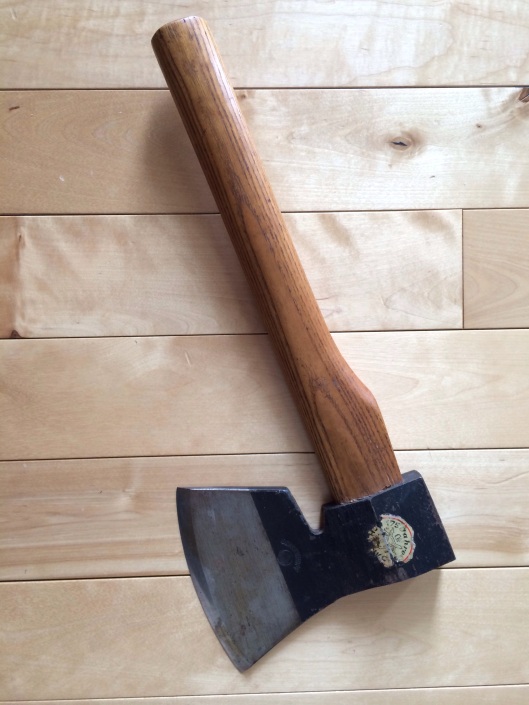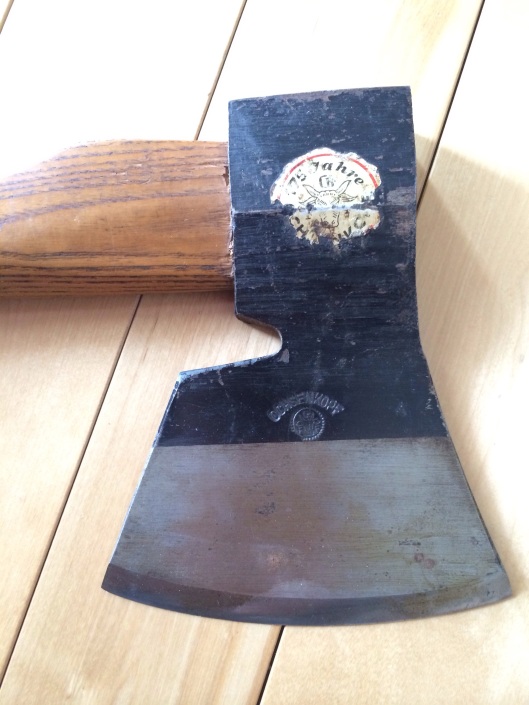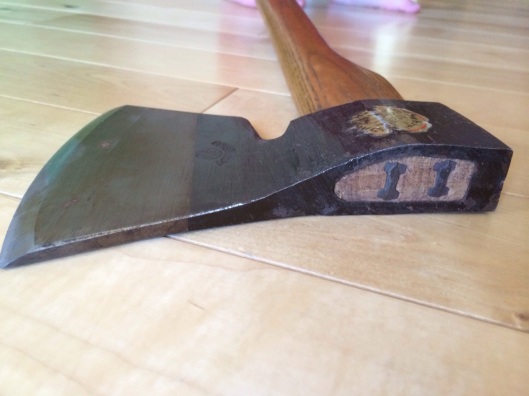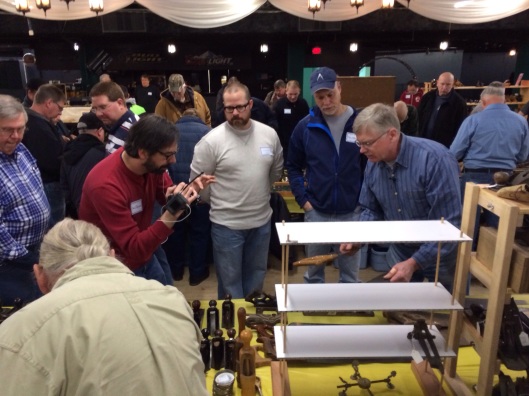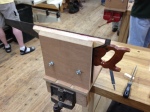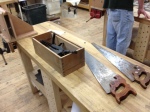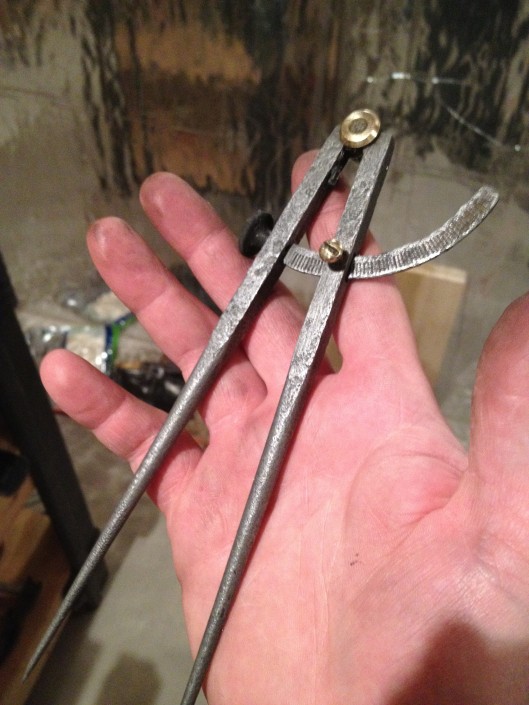This weekend I attended my first Lie-Nielsen Hand Tool Event. They had all their tool displays out along with books, DVDs, workbenches. You name it. Also in attendance was Glen-Drake Toolworks and Mike Siemsen’s School of Wood.
I got a closer look and probably picked up almost every hand plane Lie-Nielsen had there. First impression, is wow, the weight of their bench planes is impressive. I noticed the frogs are made of brass, I didn’t notice that before. These are no lightweight tools, and I know if a vintage Stanley plane can last over a century, these tools will last forever. Second impression, how did anyone ever use a #1 bench plane? Tiny!
My favorite tool was their low-angle block plane with an adjustable mouth. While watching the companion DVD for The Anarchist’s Tool Chest, Christopher Schwarz describes the Lie-Nielsen #60 1/2 block plane as fitting his hand perfectly, and I will agree with that. It is a beautiful tool to behold. It feels like an extension of your hand.
After I got done ogling tools and lurking around some demo benches, I made my way over to Mike Siemsen’s bench. I watched him cut some miters in his Moxon vise, and I asked him a few questions about his bench he had. He blogged about the making of his Nicholson-style bench in 2008, and he was one of the first that I know of to utilize a split-top, which is now seen in Benchcrafted’s Split Top Roubo bench.
I asked him how he made the wooden screw in his end vise… his explanation was that it involved machinery that most people don’t have, so its really out of reach of people looking to make that bench. But it opened up conversation, and he told me if he built it again, he wouldn’t even include a vise.
Wait, what? No vise?
I was told that using the crochet (the hook seen on the side of the bench pictured in the masthead of this site) and holdfasts in the holes on the aprons of the bench was faster than using the end vise. For dovetailing and other vice work, use a Moxon vise (which sits atop the bench).
I thought, what about tall boards in that Moxon, like dovetailing the end of a long board? Would you hang half the vise off the end of the bench? Well that’s where the split-top comes in. The board can drop in through the split. Brilliant.
So with Mike Siemsen’s bench, you have a Nicholson-style bench that is cheaper to make, faster to use and can be made easily using hand tools. Sounds like a winner to me!
I didn’t come away from the show with any tools, but I did buy a Lie-Nielsen hat and a chunk of beeswax for the soles of my handplanes. It was a fun event, and I’ll definitely have to take a class from Mike someday.
